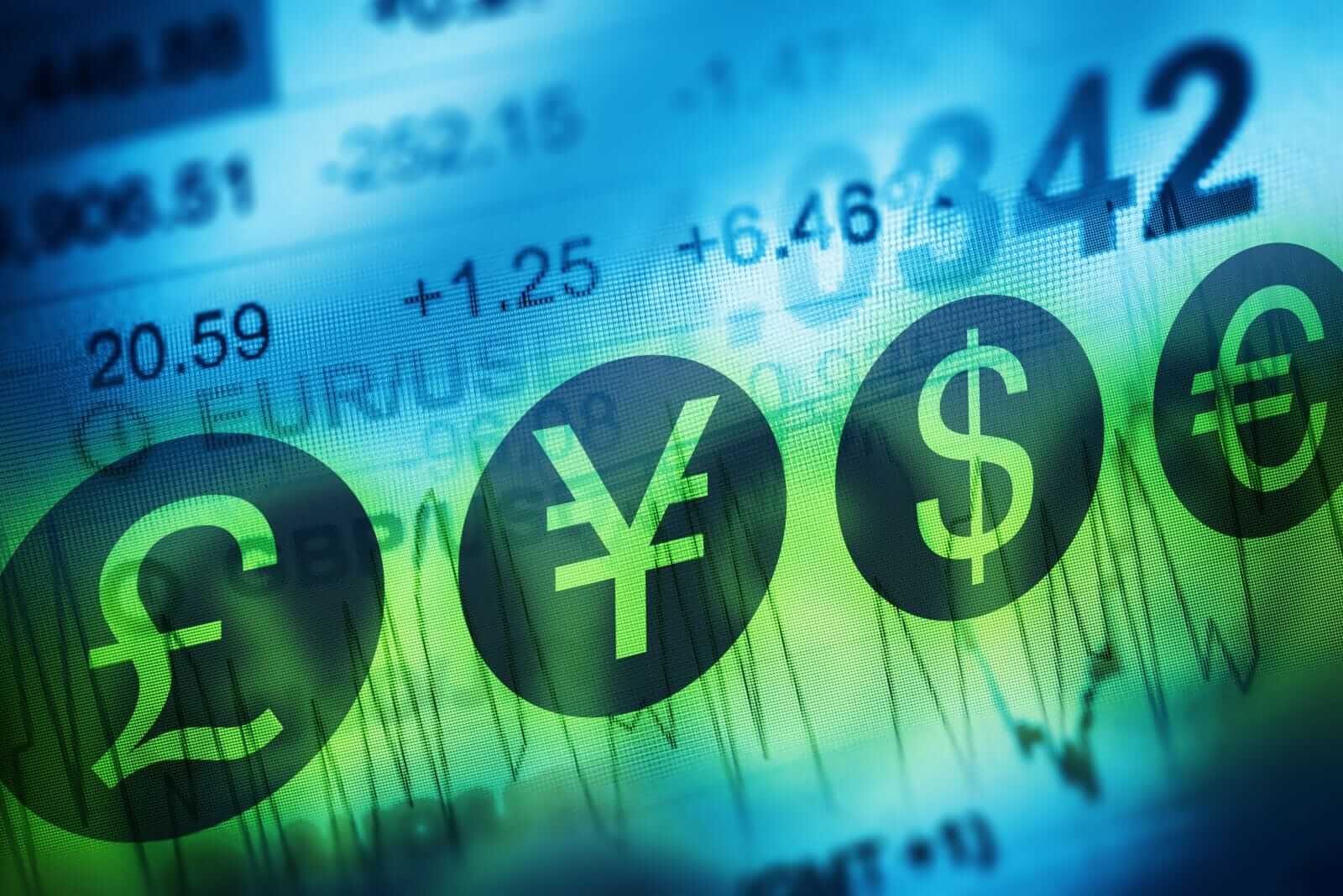
The dollar index (DXY00) on Thursday fell by -0.10% and posted a 2-week low. The dollar had a negative carryover from Wednesday when Fed Chair Powell stated it would be appropriate for the Fed to cut interest rates “at some point this year.” The dollar fell to its lows Thursday after US weekly jobless claims rose more than expected to a 2-month high, a dovish factor for Fed policy. Also, the jump in the US Feb trade deficit to a 10-month high was bearish for the dollar.
The dollar recovered from its worst levels Thursday after the S&P 500 gave up an early advance and fell to a 2-week low, boosting liquidity demand for the dollar. Also, hawkish comments from Minneapolis Fed President Kashkari sparked short covering in the dollar when he said the Fed may not cut interest rates this year if progress on inflation stalls.
US weekly initial unemployment claims rose +9,000 to a 2-month high of 221,000, showing a weaker labor market than expectations of 214,000.
The US Feb trade deficit of -$68.9 billion was wider than expectations of -$67.6 billion and was the largest deficit in 10 months, a negative factor for Q1 GDP.
Minneapolis Fed President Kashkari said, "In March, I jotted down two rate cuts this year if inflation continues to fall back towards our 2% target. If we continue to see inflation moving sideways, then that would make me question whether we needed to do those rate cuts at all."
Chicago Fed President Goolsbee said that higher-than-expected inflation readings from the start of the year likely don't change the broader picture of cooling price growth and that economic activity right now does not resemble traditional overheating of demand.
Richmond Fed President Barkin said it's "smart" for the Fed to take time to gain greater clarity about the inflation trajectory before lowering interest rates.
Philadelphia Fed President Harker said, "We're not where we need to be; inflation is still too high."
The markets are discounting the chances for a -25 bp rate cut at 13% for the next FOMC meeting on April 30-May 1 and 76% for the following meeting on June 11-12.
EUR/USD (^EURUSD) on Thursday rose by +0.09% and posted a 2-week high. Weakness in the dollar Thursday was supportive of the euro. Also, an upward revision in the Eurozone Mar S&P Composite PMI to a 10-month high is bullish for EUR/USD.
On the negative side for the euro was Thursday’s Eurozone PPI report that showed producer prices declining at a faster pace than in January, a dovish factor for ECB policy. Also, Thursday’s account of the Mar 6-7 ECB meeting was dovish and negative for the euro.
The Eurozone Mar S&P Composite PMI was revised upward by +0.4 to 50.3 from 49.9, the strongest pace of expansion in 10 months.
Eurozone Feb PPI fell -1.0% m/m and -8.3% y/y, weaker than Jan’s -0.9% m/m and -8.0% y/y.
In the account of the March 6-7 ECB meeting, ECB officials said, "While it was wise to await incoming data and evidence, the case for considering rate cuts was strengthening," and the date of a first rate-cut is now "coming more clearly into view."
Swaps are pricing in the chances for a -25 bp rate cut by the ECB at 9% for its next meeting on April 11 and 96% for the following meeting on June 6.
USD/JPY (^USDJPY) on Thursday fell by -0.31%. The yen recovered from overnight losses today and climbed to a 1-week high against the dollar as T-note yields turned lower and sparked short covering in the yen. The yen on Thursday was initially under pressure from the BOJ’s quarterly economic report where the BOJ downgraded their economic assessment for seven of nine Japanese regions, the most downgrades in two years.
Swaps are pricing in the chances for a +10 bp rate increase by the BOJ at 0% for the April 26 meeting and 10% for the following meeting on June 14.
June gold (GCM4) on Thursday closed down -6.5 (-0.28%), and May silver (SIK24) closed up +0.187 (+0.69%). Precious metals on Thursday settled mixed, with silver climbing to a 2-year high. Metals are seeing underlying support from a weaker dollar as the dollar index Thursday fell to a 2-week low. Also, geopolitical risks are boosting safe-haven demand for precious metals after Iran threatened retaliation against Israel for launching airstrikes on Iranian military officials in Syria last Friday. Lower global bond yields on Thursday are supportive of precious metals. Fund buying of silver underpins silver prices after long silver holdings in ETFs rose to a 6-month high Wednesday.
Gold prices fell back Thursday on hawkish Fed comments. Richmond Fed President Barkin said it's "smart" for the Fed to take time before cutting rates. Also, Philadelphia Fed President Harker said, "We're not where we need to be; inflation is still too high." In addition, Minneapolis Fed President Kashkari said if inflation continues to move sideways, the Fed may not cut interest rates this year. Position squaring and long liquidation ahead of Friday’s monthly US payrolls report also undercut precious metals prices Thursday.
On the date of publication, Rich Asplund did not have (either directly or indirectly) positions in any of the securities mentioned in this article. All information and data in this article is solely for informational purposes. For more information please view the Barchart Disclosure Policy here.






